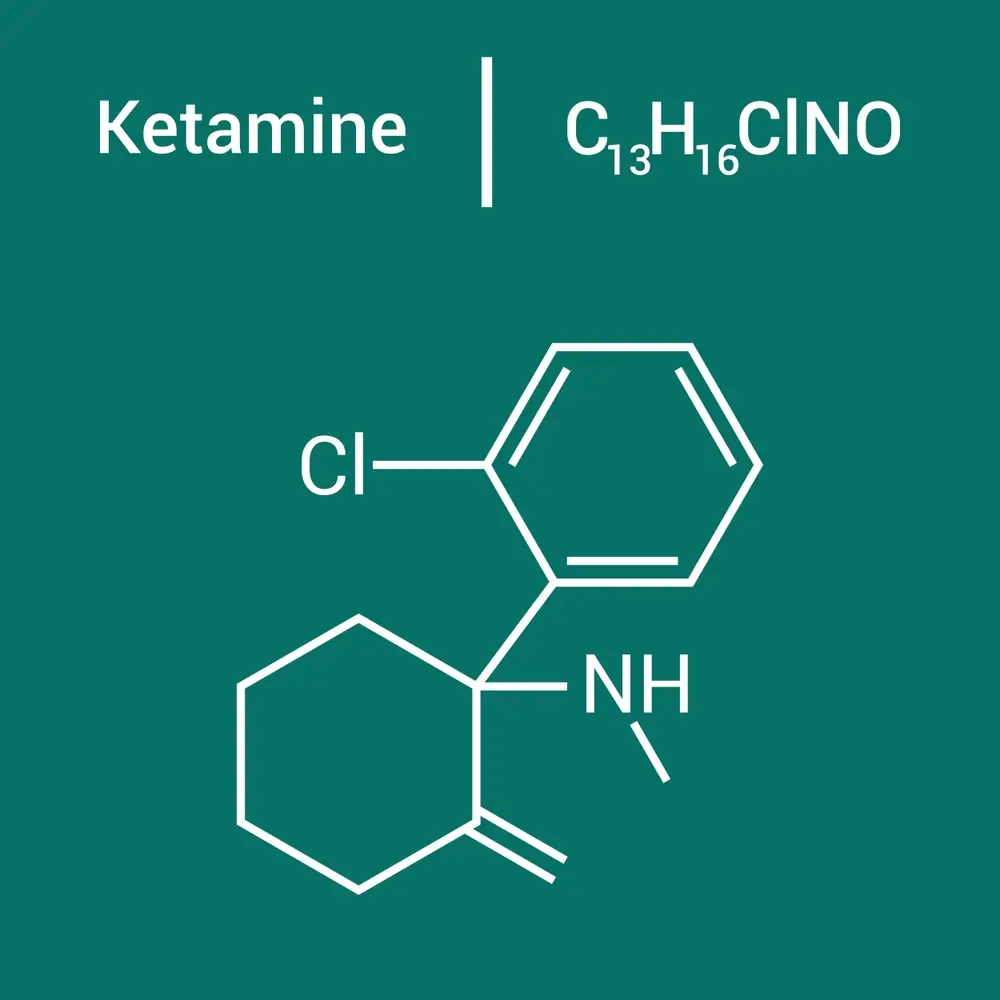History Of Ketamine


Physicians first introduced ketamine into clinical practice in the 1960s. In 1962, ketamine was first synthesized by professor Calvin L. Stevens while at Parke-Davis Co (now Pfizer) and later went on to be patented in Belgium in 1963 as a potential substitute anesthetic to phencyclidine(P.C.P.). He was evaluating various compounds containing benzyl groups as ligands that could bind with γ-aminobutyric acid receptors found within specific nerve cells along the spine.
Ketamine got its name because it is a ketone combined with an amine. The drug was patented as a veterinary anesthetic in Belgium in 1963, and human testing began in 1964. It was FDA-approved in the United States in 1970 under the brand name Ketalar. The F.D.A. later approved Spravato (esketamine) nasal spray for treatment-resistant depression in adults who failed to get results from antidepressant medicines. Spravato has to be prescribed by a qualified medical practitioner.
In 1999, ketamine hydrochloride (including its salts, isomers and salts of isomers) became a Schedule III non-narcotic substance under the Controlled Substances Act (21 U.S.C. 801 et seq.) with accepted medical use. The drug is marketed as a veterinary product under Ketajet ®, Ketaset ®, SPRAVATO® (esketamine) and Vetalar ®. To be prescribed ketamine you have to have an approved medical condition or work with a doctor willing to prescribe it off-label.
Ketamine has been used for decades as injectable and short-acting anesthesia in humans and animals. The drug’s sedation properties can last up to eight hours. Like most medications, there are some risks associated with the drug, like abuse potential, which could lead to moderate physical dependence but, more importantly, high psychological ones if taken improperly without the supervision of a doctor.


Is Ketamine A “Breakthrough” Drug?
Ketamine is a “breakthrough” medical treatment for mental health disorders such as treatment-resistant depression (TRD) and major depressive disorder (MDD). It is also being used with a lot of success to treat anxiety, obsessive-compulsive disorder (O.C.D.), post-traumatic stress disorder (PTSD), and various chronic pain-related medical conditions.
Article Reviewed By

Richard Koffler, MD
NPI Number- 1467557264
- Dr. Koffler is a Physiatrist, specializing in Physical Medicine & Rehabilitation.
- Graduated from the Sackler School of Medicine at Tel Aviv University in 1993 Dr. Koffler completed a one-year internship in internal medicine at Roosevelt Hospital in New York City.
- Residency in Physical Medicine and Rehabilitation at the Rusk Institute at NYU Medical Center in New York City. Board certified in 1998.
- Trained in acupuncture at Helms Medical Institute at UCLA His medical practice incorporates proven conventional western medicine integrating eastern alternative practices.
- Medical Director of several medical clinics in NYC, Stamford CT, and Miami Beach, FL.
Medical Disclaimer
The information on this site is not intended or implied to be a substitute for professional medical advice, diagnosis, or treatment. All content, including text, graphics, images, and information, contained on or available through this website is for general information purposes only. Ketamine DRS makes no representation and assumes no responsibility for the accuracy of the information contained on or available through this website, and such information is subject to change without notice. You are encouraged to confirm any information obtained from or through this website with other sources and review all information regarding any medical condition or treatment with your physician.
NEVER DISREGARD PROFESSIONAL MEDICAL ADVICE OR DELAY SEEKING MEDICAL TREATMENT BECAUSE OF SOMETHING YOU HAVE READ ON OR ACCESSED THROUGH THIS WEBSITE.

